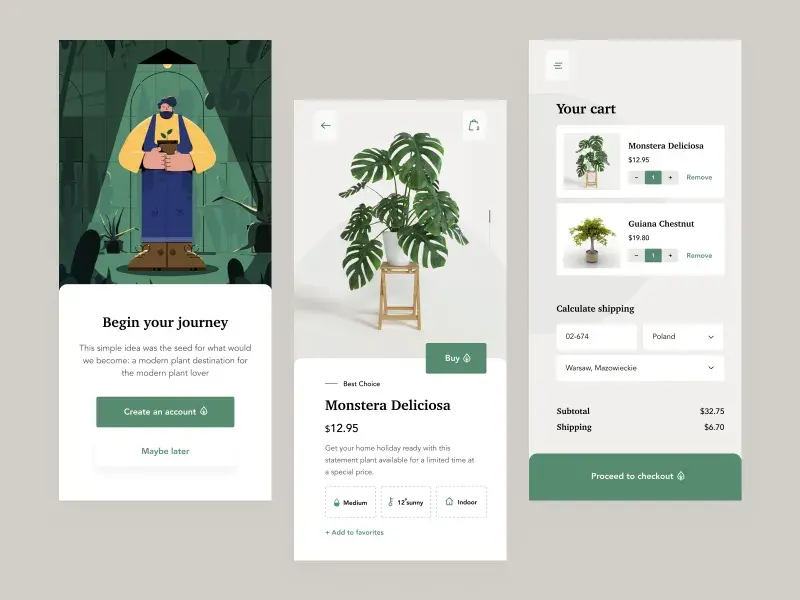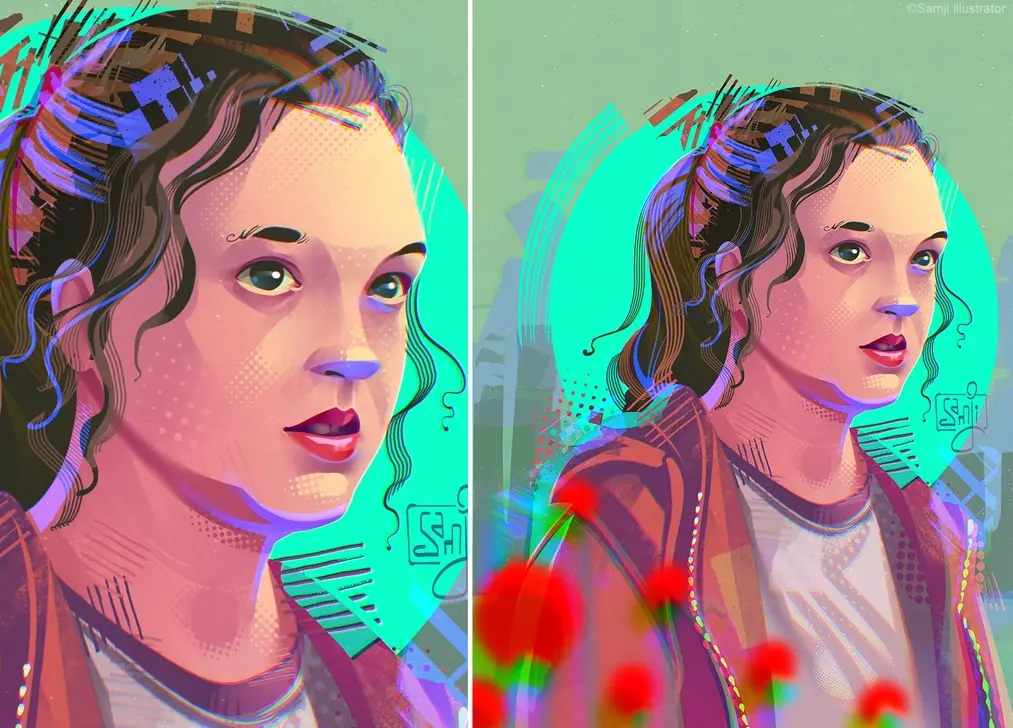The Power of Interaction: How Brands Can “Talk” to Customers in the New Normal
The power of the interaction between human beings is limitless. It shapes the unforgettable experiences that impact emotions, decisions, and even lives. Inspired by this model, companies endeavor to build similar connections with customers. They aim to turn customer-brand relationships into a more “human” interaction that inspires and brings benefits to both of them. Actually, it is a key goal of empathy-driven marketing that has become so popular in the new normal.
Brands are looking for branded video production ways to engage customers with something fresh and innovative. These actionable yet straightforward tactics can help companies communicate their ideas and messages to the audience more effectively. Here I’m sharing “unsalesy” ways to introduce your products or services, by entertaining people, saving their time, and bringing them a lot of value at the same time.

Animated Videos
Animation and explainer videos can bring interaction with customers to a new level. Brands can “talk” to customers through animated explainer videos that transfer information about a company, products, and approaches quickly and creatively. With thoughts about the marketing power of animated videos, we can also talk about a new business trend called Animated Brand Storytelling. Have I heard about it before? Seems, no. However, I find this name very natural for this phenomenon as it combines the three most powerful digital marketing tactics: animation, video content, and storytelling.
Here is a nice example of animated brand storytelling – an animated video created for Boostation by Explain Ninja.
Animation. It allows brands to reveal their personality in full. In an animated video, you can place your products in unexpected contexts, create powerful visual metaphors, and use effects that emphasize the brand voice. Finally, cartoons are always fun, and entertainment is the most effective practice of customer engagement itself.
Videos. As known, videos have become the most consumed type of content today. It allows people to learn essential information within 1-2 minutes in an explainer video. At this point, we can talk about three additional advantages of video content. It helps save learning time, it engages people and transfers even the most complicated information in an easy-to-understand way.
Storytelling. You might have already heard Seth Godin’s famous citation: “People do not buy goods and services, they buy relations, stories, and magic.” And it’s true. Modern customers tend to purchase from brands that offer them helpful content, deliver values customized for fast-changing reality, and share success stories shared by individuals.
Branded Illustration & Motion Graphics
Digital illustration and motions graphics – both of them can work as powerful attention grabbers in advertising, social media content, and blog content. Combined with marketing messages, they can emphasize a brand personality and influence how customers perceive a company. Add dynamics and motion to the illustration, and you’ll receive motion graphics.
Both stable or dynamic images (animations) can be used as elements of the user onboarding experience and visual tips in digital products. It’s better once to see how to do anything than many times to read about it, right?
Illustrations and animations can complement tutorials, how-tos, and be part of the “Help” content for SaaS products, mobile apps, eCommerce websites, and even B2B websites. Moreover, there are many techniques to use website animation and illustration to enhance user experience. Below, you can see an example of how brands can use illustration in UX for digital products.


For brands, there is probably no better way to empathize with customers than giving them a helping hand at the right moment. Helpful content creates a solid foundation for long-term relationships and communication with customers.
Voice Tech: Voice SEO as The Beginning
In the post-pandemic reality, many companies are working on creating new technologies that will enable “contactless” experiences for customers. Voice technology is one of the necessary disruptions that shape our new normal. This innovation lives in almost all of our mobile devices.
At the same time, we witness the fast growth of the Internet of Things, bringing new intelligent and voice-controlled devices to our homes. The voice-driven smart home is not a fad anymore. It’s an innovative trend that will enter mass-consumerism in the near future.
In the recent interview with Pete Erickson, the Founder of VOICE Summit, the world’s largest conference dedicated to voice technologies, he shares:
“The concept of voice, as an industry or space, might be dissipated a little bit in terms of what the world’s discussion is. A nice example is the phrases “color TV” or “flat-panel TV” as we don’t use them anymore. Now, we’re just saying “TV.” Similarly, we may talk about a device and its innovations, but we will not necessarily mention that it has a voice interface because that’s going to be a given.”
Many forward-thinking brands consider voice technology as a source of new opportunities that can improve communication with customers. While engineers and brands are working on new tech disruptions and rethinking CX, there is a simple practice that you can apply even today. It’s a voice search engine optimization (SEO). In July, Adobe released survey data that found 48% of consumers are using voice for “general web searches.” So, be sure that you haven’t missed this information, as the voice-optimized website content can quickly drive more traffic and significantly grow your conversion.
Proactive Live Chats

Another way to help customers and grow their satisfaction from interacting with a brand online is proactive live chats. If you’re new to this technology, it’s a conversation with website visitors initiated by a brand. It is a live chat that pops up when the user most likely need help on a website. Although many brands fail to use it effectively by intervening in user experience at irrelevant moments, this innovation still promises us a lot.
Companies are quickly learning how to use it and be helpful to customers, not obtrusive. They conduct customer intent analysis, investigate the visitor’s behavior using heatmaps and user session replay tools, and apply many other analytics tools to understand customer needs. All this allows us to anticipate that proactive live chats will become one more effective way to “talk” to customers, be helpful to them, and gain their loyalty.
Conclusion
Animated videos, illustrations and motion graphics, voice search optimization, and proactive live chats – these tactics seem to be so different. However, all of them can help brands reimagine the customer experience and set closer communication with a target audience. These are trends, shaping the next-gen customer experience and ensuring brand resilience to the challenges of a recession.


